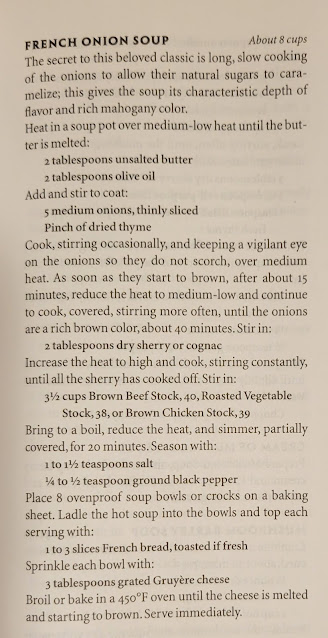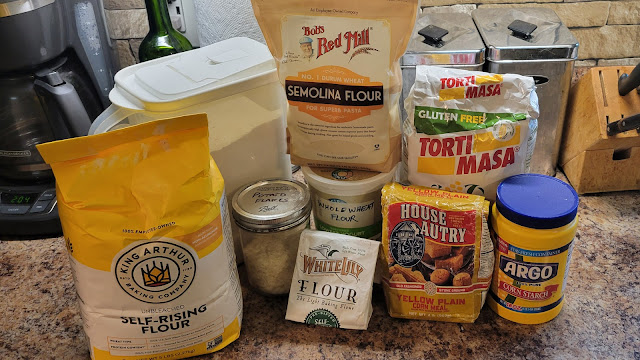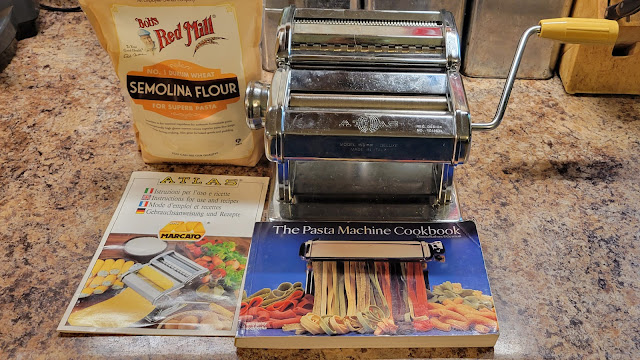Yeah, I really miss that site. *
* "Bag of Holding" is a reference to a product made by a cool, now-defunct, company called ThinkGeek which sold fun, geeky stuff.
I was able to use my newest EDC bag in a very public setting, but not to its fullest, or designed, capabilities. I did however get to carry if for most of a day, and here is my After Action Report.
To recap, please see this post for the basic purchase information and why it was cheaper than the current pricing at Maxpedition.
This is the Entity Bag, small.
 | |
| Entity Bag, small size |
And this is the same bag, opened and with the drawbridge straps attached.
The contents from Top Left:
- HyFin compact chest seal
- Rite in the Rain field notebook, Rite in the Rain pen
- Sitting on notebook: 1 pair nitrile gloves, unknown manufacturer
- Adventure Medical QuikClot sponge
- North American Rescue CAT tourniquet
- H&H Medical Corp. compression bandage.
What can't be seen well are the finger loops attached to the pocket zippers. I really like the size and shape of a loop in place of a oversized zipper tab or a piece of paracord threaded through the pull tab.
As this is meant to be used as a Concealed Carry bag, and from my observation of the second compartment after loading in the First Aid gear I want to carry, the available space looks cramped even with a compact pistol in mind. However, if the First Aid baggie is removed from the pocket there appears to be more than enough room to accommodate just about anything. Even with the recent Supreme Court ruling there still appear to be hurdles that will delay most law-abiding Californians from using this bag as designed.
Just a reminder: if you plan on buying anything through Amazon, please consider using our referral link. When you do, a portion of the sale comes back here to help keep this site running!
If you have comments, suggestions or corrections, please post them so we all can learn. And remember, Some Is Always Better Than None!
NOTE: All items tested were purchased by me. No products have been loaned in exchange for a favorable review. Any items sent to me for T&E will be listed as such. Suck it Feds.
As this is meant to be used as a Concealed Carry bag, and from my observation of the second compartment after loading in the First Aid gear I want to carry, the available space looks cramped even with a compact pistol in mind. However, if the First Aid baggie is removed from the pocket there appears to be more than enough room to accommodate just about anything. Even with the recent Supreme Court ruling there still appear to be hurdles that will delay most law-abiding Californians from using this bag as designed.
I'm still not sure why the flap/front of the bag has straps limiting the movement. Off the top of my head I think the intent was to maybe have a sorta-kinda shelf thingy to stop any loose items from falling out when it is worn. Limiting fallout even when placed on a table might be the answer too, but with no description listed from Maxpedition, it's a mystery.
Water Bottle Pocket
Now this is actually more interesting than I first thought. The pocket won't take a Nalgene bottle, but it will take a slightly larger and taller bottle than a .5L / 16oz size. The length of the tether can be adjusted and even moved up into a second set of holes, allowing taller bottles. I haven't tried, but 750ml "adult beverage" bottles appear to fit. Allegedly.
Since Maxpedition has optional accessories to make this a Bag of Carrying, I have bookmarked the proper pages, copied the assorted part numbers, and set aside funds for the parts and expedited shipping. While I won't hold my breath, I am cautiously optimistic!
Recap and Takeaway
- While it was extremely expensive, I am feeling really good about this bag. It's big enough to carry what I need, both now and what I might want to carry in the future.
- Purchased from Maxpedition: one Entity Bag, size Small. The Ash color is discontinued and out of stock.
* * *
Just a reminder: if you plan on buying anything through Amazon, please consider using our referral link. When you do, a portion of the sale comes back here to help keep this site running!
If you have comments, suggestions or corrections, please post them so we all can learn. And remember, Some Is Always Better Than None!
NOTE: All items tested were purchased by me. No products have been loaned in exchange for a favorable review. Any items sent to me for T&E will be listed as such. Suck it Feds.






























